
Amazon now poses “a triple threat” to c-stores and the source of its power is data, according to the TWC Trends Spring 2021 Report. The report claimed that Amazon could become the sixth largest supermarket if current shoppers swapped just one grocery shop per month, and that its data capabilities meant that it could know more about convenience customers than c-stores do.
“We believe that although Amazon is discussed a lot as a threat to our channel, the fact that 72% of the population has an account really emphasizes that threat,” said development director Tom Fender. “And now, it is a double threat with the launch of Amazon Fresh and a triple threat with its investment in Deliveroo.
“Consumers are blissfully willing to give Amazon as much data as they want. These guys are used to having their data collected in a sensible and mature and safe way, but the convenience store sector, I would argue, hasn’t embraced this nearly as much as maybe other sectors in the UK, or other convenience sectors around the world. The problem convenience stores may have is that quite soon Amazon will know more about a convenience store’s customers than the convenience store itself.”
The report highlighted that c-stores’ core customer base was largely open to supplying data. “There is a perception, particularly amongst independent retailers and their wholesalers, that it is older and lower socio demographic groups who are their core customer base,” said Fender. However, he cited that millennials and Gen Z are the core consumer within the convenience channel with around 60% likely to visit more than once a week, and these consumers are very much open to data sharing. The report showed that 57% of millennials and 51% of Gen-Z said that c-stores should collect and use customer data more/better - to offer personalized products and promotions. They were also very receptive to c-stores offering subscriptions and loyalty with 56% of millennials agreeing this is a good idea.
The report also illustrated a hunger for ‘Retailtainment’ (in-store theatre and creativity). Over half (52%) of consumers believe c-stores could do more to ‘jazz up’ their stores and make them more fun and engaging. The same number agreed that “c-stores need to broaden their appeal to people my age”. 51% agreed that c-stores need to re-invent themselves, while 45% thought c-stores needed to develop their food to go offer.
In addition, 58% felt that c-stores need to review what they’re offering and 63% agreed that “There are many products in a c-store I never buy”.
The report segmented shifting trends into five themes that operators must focus on:
1. Online Explosion
The Digitalisation and Delivery of Food and Drink and the impact on Convenience and Foodservice
2. Experiential Hospitality & ‘Retailtainment’
Re-thinking the role of bricks and mortar as customers seek personalised, engaging experiences out of home.
3. Do Good Feel Good.
Working for a Better World. Social Impact and wellbeing influences consumer choices.
4. Data & Personalisation.
Data is the new oil, one size does not fit all.
5. Save v Splurge
Balancing value as well as premiumisation to meet divergent customer needs.
Fender concluded: “This report deliberately focusses on the long-term impacts on consumer behaviour. There is a paucity of analysis of the seismic shifts that are taking place beneath the surface that will fundamentally and irrevocably change our sector.
“We predicted that this period of uncertainty would change the way consumers and shoppers will behave for years to come. The changes have important implications for our industry and our report highlights some of the opportunities that will help prepare you for this new normal.”




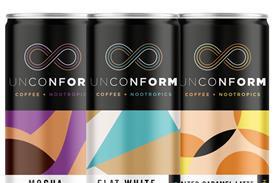


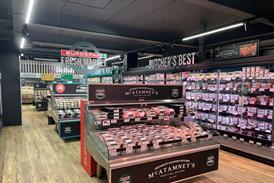



![WG-4003[58]](https://d2dyh47stel7w4.cloudfront.net/Pictures/274x183/4/5/1/353451_wg400358_6083.jpg)






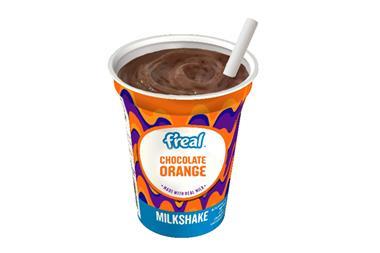
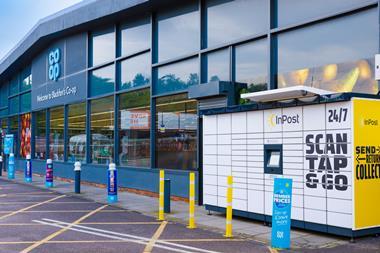





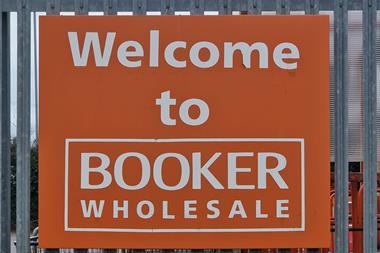


No comments yet